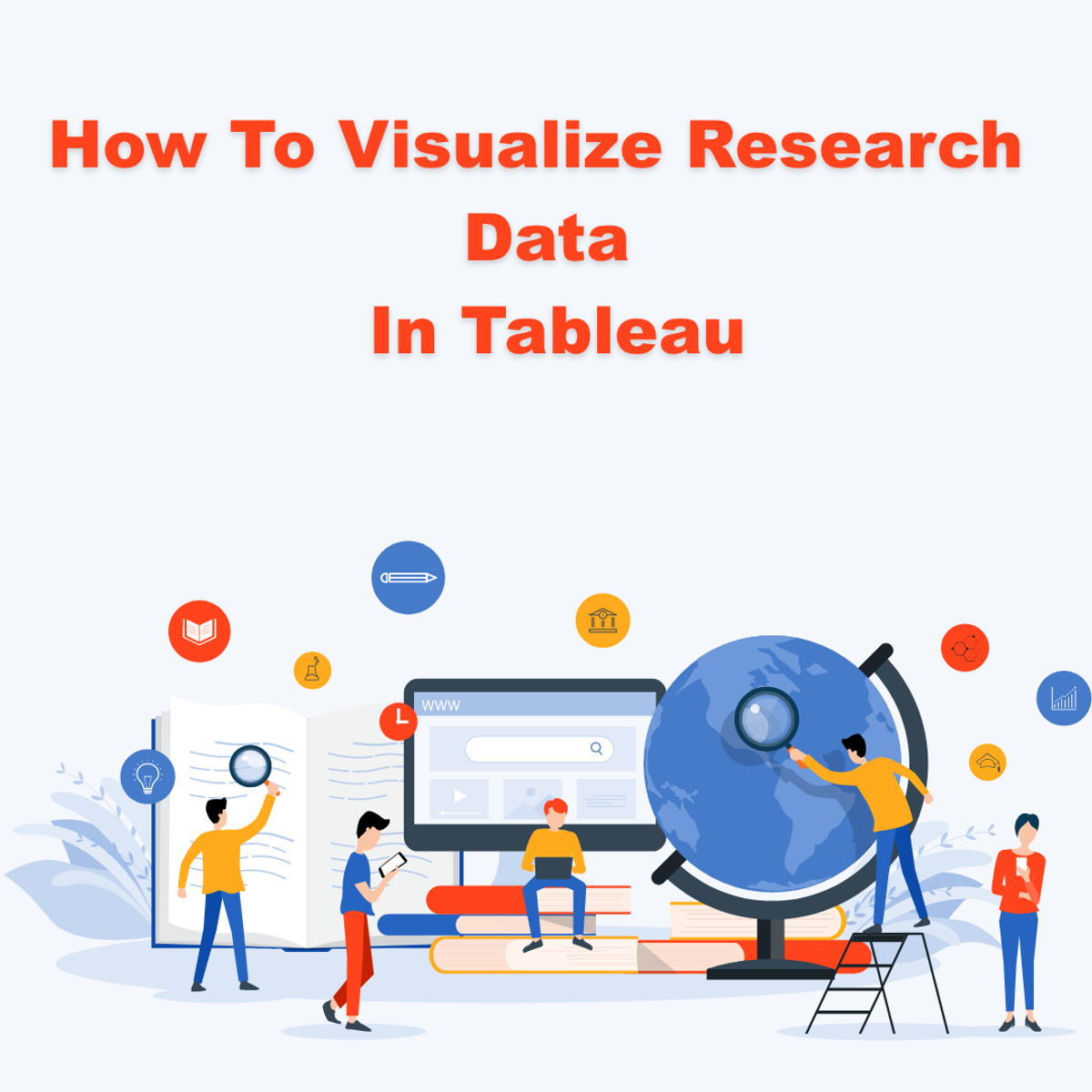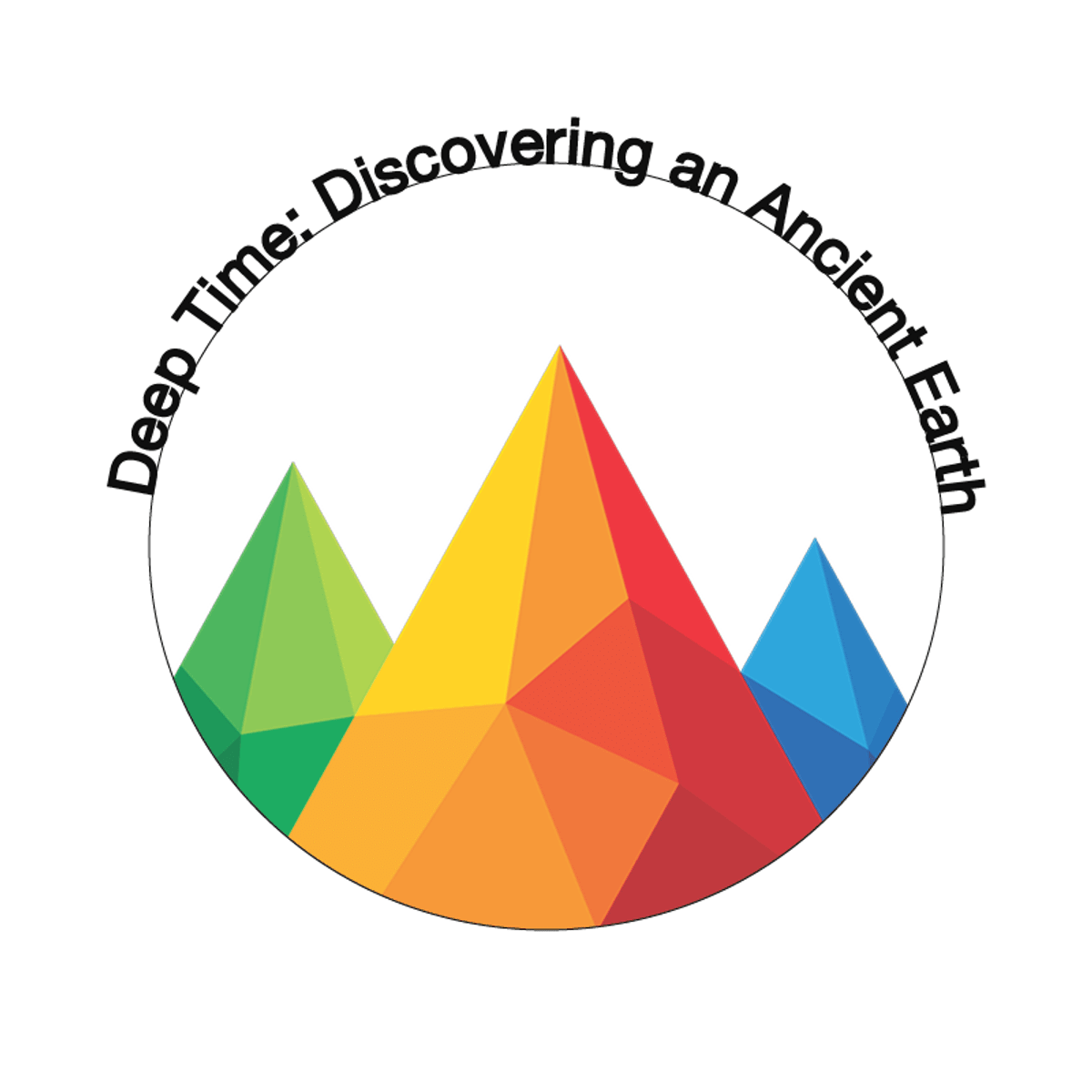Back to Courses









Physical Science And Engineering Courses - Page 12
Showing results 111-120 of 522

Personal Leadership Development Planning and Leading High Performing Teams
An actionable leadership improvement plan enables you to leverage strengths and close the gaps on weaknesses. In this course, you will build your own plan that you can put into practice immediately and realize goals within the next two years. It lays the foundation for an evergreen process of selection and prioritization of skills, and action planning for sustained leadership development.

The Arduino Platform and C Programming
The Arduino is an open-source computer hardware/software platform for building digital devices and interactive objects that can sense and control the physical world around them. In this class you will learn how the Arduino platform works in terms of the physical board and libraries and the IDE (integrated development environment). You will also learn about shields, which are smaller boards that plug into the main Arduino board to perform other functions such as sensing light, heat, GPS tracking, or providing a user interface display. The course will also cover programming the Arduino using C code and accessing the pins on the board via the software to control external devices. Please note that this course does not include discussion forums.
Upon completing this course, you will be able to:
1. Outline the composition of the Arduino development board
2. Describe what it means to program the board's firmware
3. Read board schematics
4. Install Arduino IDE
5. Describe what "shields" are and how they are used
6. Specify the role of libraries in the use of shields
7. Compile and run a program
8. Name C Variables and Types
9. Name common C operators
10. Use conditionals and loops
11. Explain functions, their definition and invocation
12. Explain the implications of global variables
13. Undertake the Arduino build process
14. Describe the role of the tools behind the IDE
15. Describe how to invoke functions in classes
16. Explain the structure of an Arduino sketch
17. Access the pins of the Arduino
18. Differentiate between digital and analog pin
19. Debug embedded software
20. Explain the importance of controllability and observability in the debugging process
21. Describe common debugging architectures for embedded systems
22. Explain how the UART Serial communication protocol works
23. Describe how the Arduino Serial library performs serial communication

Mechanics: Motion, Forces, Energy and Gravity, from Particles to Planets
Most of the phenomena in the world around you are, at the fundamental level, based on physics, and much of physics is based on mechanics. Mechanics begins by quantifying motion, and then explaining it in terms of forces, energy and momentum. This allows us to analyse the operation of many familiar phenomena around us, but also the mechanics of planets, stars and galaxies.
This on-demand course is recommended for senior high school and beginning university students and anyone with a curiosity about basic physics. (The survey tells us that it's often used by science teachers, too.)
The course uses rich multimedia tutorials to present the material: film clips of key experiments, animations and worked example problems, all with a friendly narrator. You'll do a range of interesting practice problems, and in an optional component, you will use your ingenuity to complete at-home experiments using simple, everyday materials.
You will need some high-school mathematics: arithmetic, a little algebra, quadratic equations, and the sine, cosine and tangent functions from trigonometry. The course does not use calculus. However, we do provide a study aid introducing the calculus that would accompany this course if it were taught in a university.
By studying mechanics in this course, you will understand with greater depth many of the wonders around you in everyday life, in technology and in the universe at large. Meanwhile, we think you'll have some fun, too.

Crash couse in Gnuplot
By the end of this project, you will be able to edit and plot your own functions and data points with Gnuplot. You will be familiar with the basic utilization of the command-driven plotting of Gnuplot, making it easier to learn any other skill in Gnuplot. Plotting your functions, data points and even automatizing the production of many graphics will not be a challenge anymore.

Materials Science: 10 Things Every Engineer Should Know
We explore “10 things” that range from the menu of materials available to engineers in their profession to the many mechanical and electrical properties of materials important to their use in various engineering fields. We also discuss the principles behind the manufacturing of those materials.
By the end of the course, you will be able to:
* Recognize the important aspects of the materials used in modern engineering applications,
* Explain the underlying principle of materials science: “structure leads to properties,”
* Identify the role of thermally activated processes in many of these important “things” – as illustrated by the Arrhenius relationship.
* Relate each of these topics to issues that have arisen (or potentially could arise) in your life and work.
If you would like to explore the topic in more depth you may purchase Dr. Shackelford's Textbook:
J.F. Shackelford, Introduction to Materials Science for Engineers, Eighth Edition, Pearson Prentice-Hall, Upper
Saddle River, NJ, 2015

Understanding Modern Physics II: Quantum Mechanics and Atoms
Course Overview: https://youtu.be/xyF-MmGNxd0
The 20th century was known as the century of physics. In the past 120 years, concepts such as space, time, energy, entropy and particles were understood to much deeper levels. New paradigms of thinking such as relativity and quantum mechanics emerged.
This course is the second course in the Understanding Modern Physics series, which covers an introduction to quantum mechanics, atomic physics and quantum information. We will find (i) How the quantum world is different from our everyday experience, and why we need quantum mechanics; (ii) How to describe atoms in fundamental physics, why atoms do not collapse, and what are the atomic states; (iii) The nature of quantum information, and why quantum information is much richer than classical information.

How to Visualize Research Data in Tableau
Publishing research often requires the preparation of visual elements like charts, tables, and graphs to better explain the text in a research report. Creating these elements can be done easily and effectively in Tableau. Using Tableau, large and small data sets can be visualized with precision, creativity, interactivity, and options in Tableau. After taking this course learners will know how to create a table, a geovisualization, and a pie chart. Three of the most common research visualizations available. The learners will also learn how to upload data, how to export these tables, and how to incorporate charts and graphs in research reports.
Researchers from students to professionals will benefit from learning how to create visualizations based on surveys, observations, experiments, and other types of research methods.
Knowledge of research is useful but not required for this project.

Deep Time: Discovering an Ancient Earth
Ever since our ancestors ventured onto the African savanna, human beings have searched, explored, and wondered about the world. Nowadays, and certainly for most, science is the vehicle that takes us along a path towards understanding nature. It can bring us from sub-atomic realms to the most distant galaxies. Largely through the discipline of geology, science allows us to push back the mists of time and peer into a past measured in billions of years, and aptly referred to as “Deep Time.”
Climb on board!
This is a journey of discovery—we'll learn about the origins of science and geology itself, to our planet’s oceans, atmosphere, and crust. The focus then turns to how geologists have probed the rise and fall of the Rocky Mountains, and we conclude by considering not only the power of science but also acknowledging its inherent price and responsibility.
Certificate earners demonstrate proficiency through a few short assessments and discussion prompts and are prepared to teach or apply the material.

Cities and Consumption: Urban Sustainability and the Sharing Economy
How can we govern consumption and the sharing economy in our cities?
This course explores cities, consumption and the sharing economy in Europe and around the world. We connect together the key themes of the sharing economy, cities, governance, consumption and urban sustainability. We explore how the sharing economy can contribute to increasing social, environmental and economic sustainability. And we argue that it is imperative that the sharing economy is shaped and designed to advance urban sustainability.
This course was launched in May 2020, and it was updated in September 2021 with new podcasts, films and publications. This course is produced by Lund University in cooperation with partners from Sharing Cities Sweden – a national program for the sharing economy in cities with a focus on governance and sustainability. It features researchers, practitioners and entrepreneurs from a range organisations.

Internet of Things Capstone V2: Build a Mobile Surveillance System
In the Capstone project for the Internet of Things specialization, you will design and build your own system that uses at least 2 sensors, at least 1 communication protocol and at least 1 actuator. You will have a chance to revisit and apply what you have learned in our courses to achieve a robust, practical and/or fun-filled project.
We absolutely encourage you to design whatever you can think up! This is your chance to be creative or to explore an idea that you have had. But if you don’t have your own idea, we provide the description of a surveillance system, for you to build. We will participate in the Capstone with you by building a surveillance system that features an off-grid solar powered workstation that will serve as a hub to multiple surveillance sensors.
You will be able to demonstrate the knowledge and skills you have gained in this course through delivery of industry-appropriate documents such as System Design documents and Unit Test reports. Additionally, you will be asked to describe and show case your project as a short video presentation – appropriate for demonstrating your knowledge and technical communication skills.
Learning Goals: After completing this Capstone, you will be able to:
1. Design systems using mobile platforms. You will gain experience in documenting and presenting designs.
2. Develop systems that interface multiple sensors and actuators to the DragonBoard™ 410c system and develop the necessary software to create a fully functional system.
3. Specify unit tests and system tests, run tests and prepare Test Reports as are commonly done by those working in this industry.
4. Gain experience (and feedback!) in making technical presentations.
Popular Internships and Jobs by Categories
Find Jobs & Internships
Browse
© 2024 BoostGrad | All rights reserved